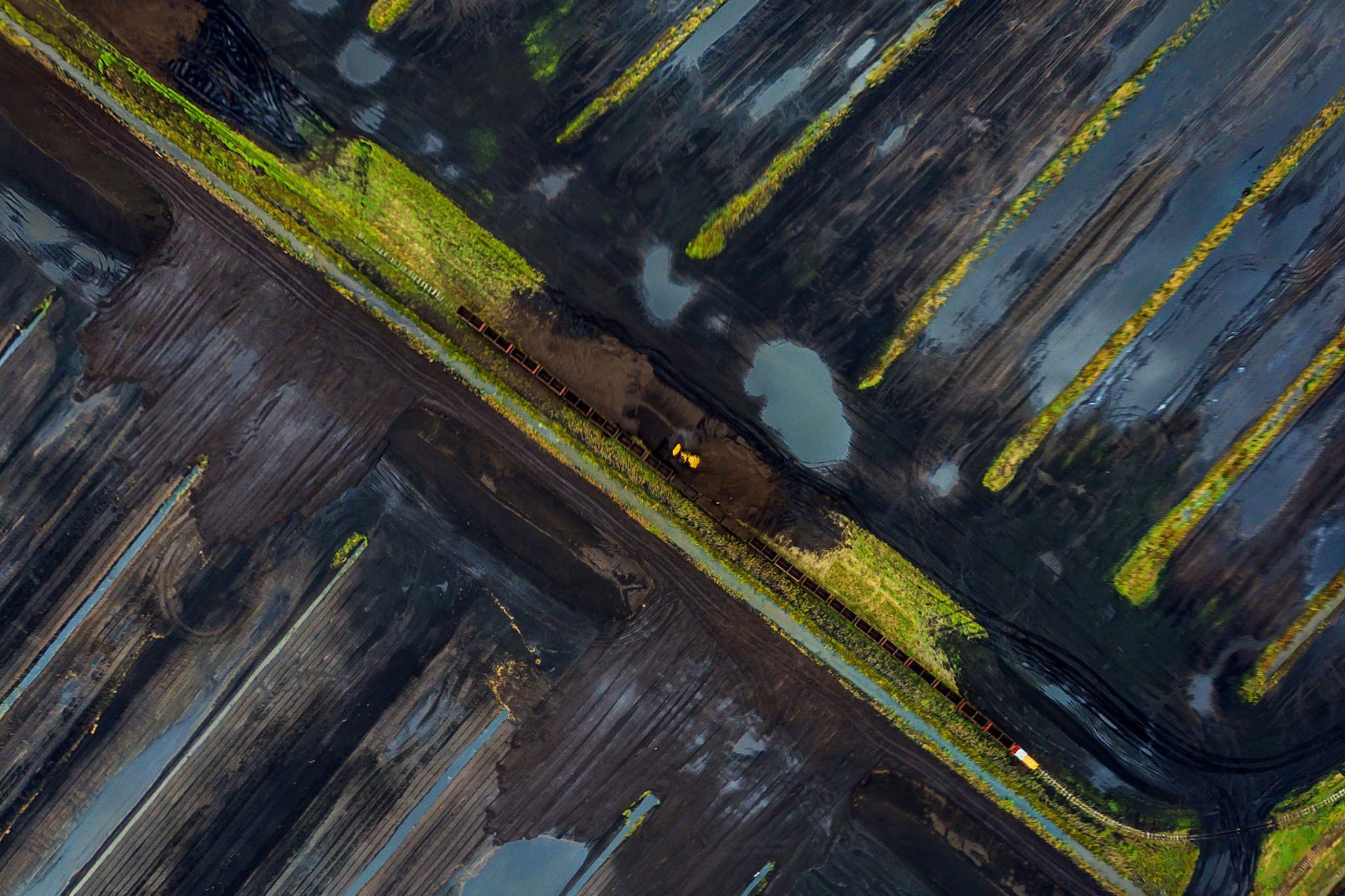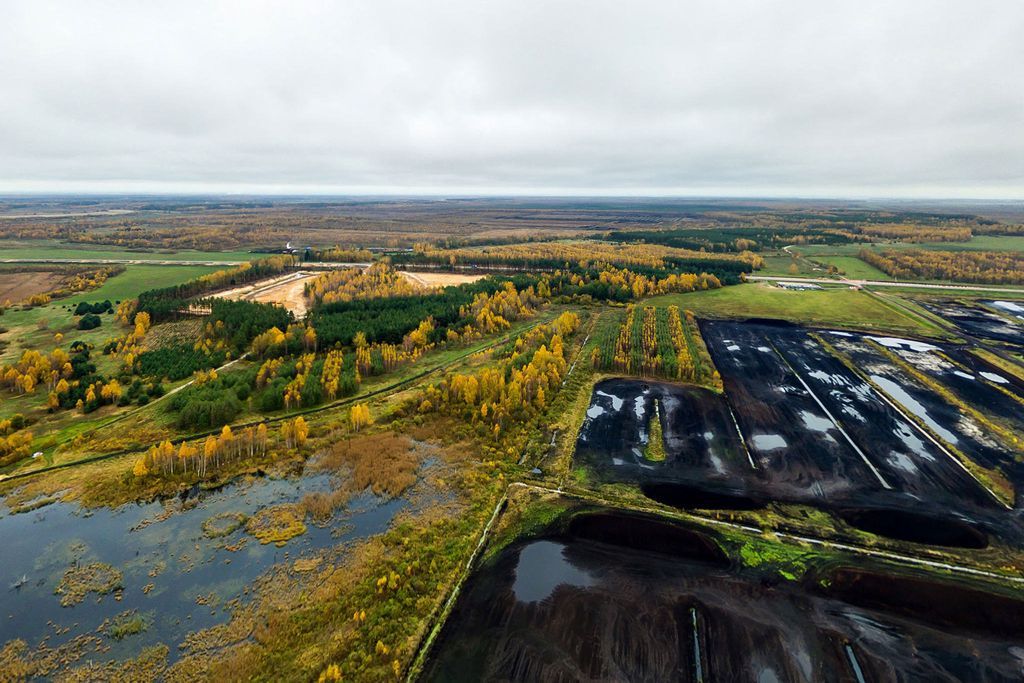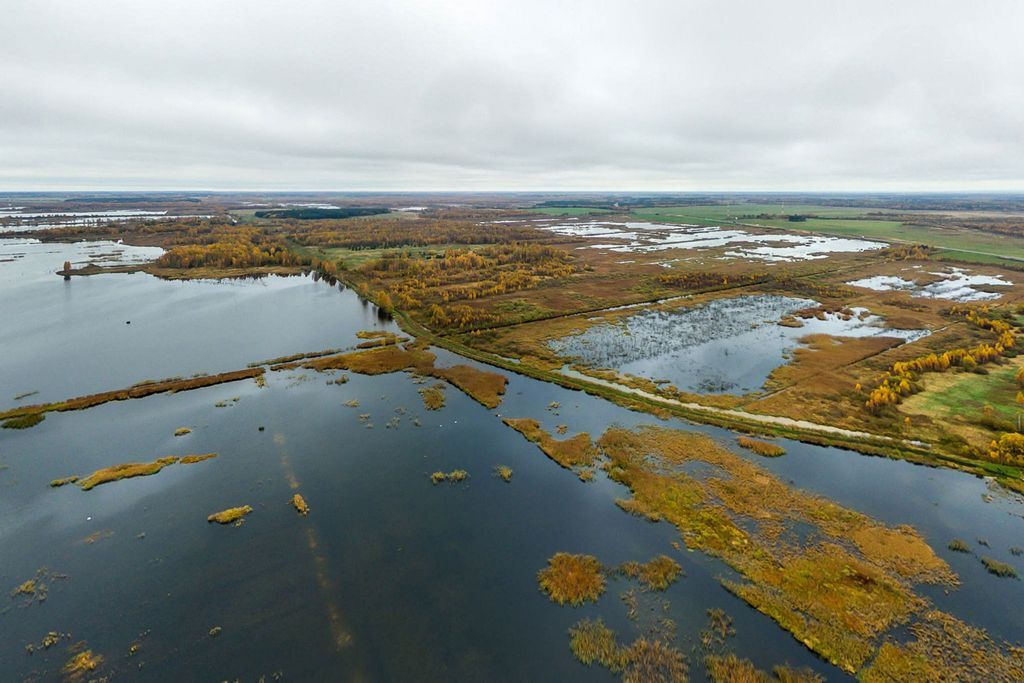Belarus to prevent more than 5 mln tons of CO2 emissions by peatland restoration
- Topic: Wetland
- Authors: Багна
- Date: 09.01.2019, 08:21
The restoration of disturbed inefficiently drained peatlands will allow Belarus to prevent the carbon dioxide emissions by 5 419 756 t CO2-eq/20y.
Such a reduction of emissions will be possible thanks to two ecological projects — “Wetlands” and “Peatlands-2” — funded by the Global Environment Facility and implemented by the United Nations Development Programme in Belarus in partnership with the Ministry of Natural Resources and Environmental Protection of Belarus.
The 5-year “Wetlands” project launched this year will allow to reduce the carbon dioxide emissions by 3,199,577 t CO2-eq/20y. This will be achieved thanks to the restoration of 12,456 ha of disturbed inefficiently drained Belarusian peatland forests, avoided deforestation, rewetting of the extracted Dakudaŭskaje peatland, improved grassland management at Turaŭski Luh and replacement of fossil fuels with peatland biomass.
The activities of the “Peatlands-2” project implemented in 2013–2017 — the rewetting of degraded agricultural lands on drained peatlands (3 384 ha), environmental rehabilitation of four raised bogs (11,257 ha) disturbed by hydrological forest amelioration and the restoration of the hydrological regime of Jeĺnia Bog — will result in the reduction of 2 220 179 t CO2-eq/20y.
“Belarus is often called “the lungs of Europe” and Belarusian wetlands are the heritage of the whole planet. Starting from 1999, UNDP together with its partners and the Ministry of Natural Resources and Environmental Protection of Belarus has helped to implement 6 large-scale projects in the field of sustainable management of wetlands. It is crucial that today Belarus is taking action to restore degraded peatlands that will result in significant reduction of carbon dioxide emissions. It will benefit both Belarus and the whole Europe,” Zachary Taylor, UNDP Deputy Resident Representative in Belarus, said.
“The active cooperation and the joint actions of all partners at the regional, national and global levels is a key factor for achieving sustainability and effective combating climate change. Today Belarus is already taking actions to reduce carbon dioxide emissions. We stand for uniting all countries, international organizations, scientists and the public in the struggle to achieve this global goal,” Andrei Khudyk, the Minister of Natural Resources and Environmental Protection of Belarus, said.
The current “Wetlands” project is expected to develop the long-term plan on sustainable use of all the 260,000 ha of Belarusian drained peatland forests. The decisions on restoration/wise management of each peatland will be made within the project.
The rehabilitation of inefficiently drained peatlands will help to stabilize the groundwater table, prevent the soil mineralization and drying out of peat soil and will have a positive effect on rivers and meadows close to the project areas.
The rehabilitation activities within the “Wetlands” project will be held at the four project territories — Zhada, Vostrava and Haradok, and the extracted Dakudaŭskaje peatland. The rewetting (ecological restoration) is the most effective method of sustainable use of disturbed peatlands that has been developed and tested within the previous UNDP-GEF International Technical Assistance projects.
Moreover, the “Wetlands” project will contribute to the improvement of environmental legislation in Belarus and assists the Ministry of Natural Resources & Environmental Protection of Belarus in drafting the Law “On the Protection and Use of Peatlands”, which should state the legal framework for the protection and sustainable use of peatlands, conservation and improvement of their habitat forming, water protection and other functions, satisfaction of economic, aesthetic, and other needs of present and future generations. The Law has no analogues in Europe.
Disturbed peatlands: the scale of the problem in Belarus
Today Belarus has 260,000 ha of drained peatland forests and the increase of this area causes significant environmental damage.
Drained and disturbed peatlands change from being a carbon sink to the carbon source and are affected by loss of soil carbon and soil fertility. Disturbed peatlands and peatland forests produce between 5-15 tCO2-eq/ha/y.
Significant areas of disturbed peatlands have been formed in Belarus as a result of peat extraction, drainage of peatlands unsuitable for economic use and intensive agricultural development of drained land. Such disturbed peatlands have little potential for further economically efficient use because of different reasons, including the degraded peat soils that were previously used in agriculture, inefficiently used peat deposits (143,300 ha) that have been removed from commercial operation, as well as 89,900 ha of natural peatlands with significantly disrupted hydrological regime.
The hydrology of most of these areas is disrupted (i.e. groundwater table much below surface). Inappropriate management (or complete lack of management) of the groundwater table in drained peatland forests results in degradation of habitat, drying out of peat soil, release of carbon dioxide through soil mineralization, loss of small rivers, and cause peat and forest fires.
Large areas of drained forest peatlands have lost their productive capacity and can no longer be used effectively for forestry. A drop in the water table by 0.5-0.7 meters, as a result of drainage, has caused the biodiversity decline.Today Belarus is one of the world leaders in ecological restoration of peatlands. 51,000 ha of inefficiently drained Belarusian peatlands have already been restored within the International Technical Assistance projects in Belarus. The UNDP-GEF “Wetlands” project will also contribute to this large-scale work.
UNDP Belarus


